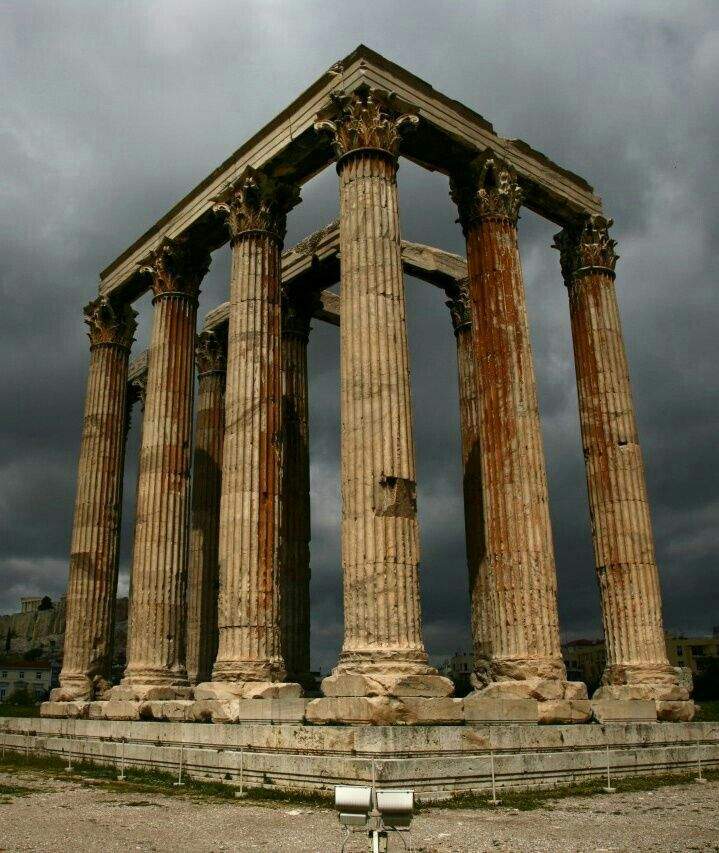ADVERTS
Greek art- the culture that influenced the world and generations.
Greek civilization was born from different tribes located in different regions of the Peloponnese Peninsula.
The development of trade, navigation, and writing arose from contact with the Phoenicians.

The Culture of the Greeks
The Athenian Greeks had a dynamic and curious attitude, which enabled them to enjoy novelty and change. Therefore, they developed a differentiated culture, creating an equally rich mythology, philosophy and theater.
ADVERTS
They revolutionized sports by establishing the Olympics, which took place every 4 years, in honor of Zeus.
Mycenaean art is understood as the artistic production of these people, including that created on the mainland and on the islands, except Crete (called Minoan). Greek artists express what they contemplate in Nature, placing in their works the expression of perfection, harmony, balance and ideals.
His political regime was democratic. They experienced anthropocentrism, which, together with rationalism and the search for perfect proportions and measurements, marked an era in painting, architecture and sculpture.
After Mesopotamian influence, Greek art went through a fertile and mature period, called the archaic period, which lasted until 475 BC
After the battles fought with the Persians, Greek art gained cultural autonomy in the Mediterranean. The classical phase is from 475 BC to 323 BC, also known as the last Greek artistic period and golden age. This period is led by Athens with Pericles as commander.
The first temples were similar to huts, built of wood, gravel or mud bricks and sometimes leaf roofs. In the 6th century, stone columns were erected, at which time the trilite – two supporting pillars and a horizontal closure – was developed by architects. The temples were built from the 7th century onwards and presented symmetrical harmony between the entrance and exit (or back). The best known is the Parthenon, in Athens, but they also built many temples, theaters, sports halls and agoras (meeting places for debates on various subjects).
Greek culture and art and its representations
ADVERTS
In painting, ceramic art stands out. The color, harmony and balance of shapes of Greek vases are well known, generally used in religious rituals, to store water, wine, olive oil and supplies. The shapes corresponded to the type of use and the paintings corresponded to everyday situations or passages from mythology.
As esculturas representam o ideal pela perfeição, pelo antropocentrismo, equilíbrio e o movimento, até hoje insuperáveis. As esculturas criadas no período arcaico foram influenciadas pelos mesopotâmicos, egípcios e artistas da Ásia Menor. Duas modalidades aparecem nesse período:
- Kouros: male figure;
- Koré: female image.
During the 6th and early 5th centuries, sculptors studied the human body in detail, constructing statues with exact proportions and measurements. In the classical period, the search for movement led to the use of bronze (more resistant than marble). Female figures appear without clothes, represented in statues of naked women. In the so-called Hellenistic period, with Roman influence, beings are represented according to their emotions and state of mind, so sculptors achieved great freedom in art, where they could represent figures, maintaining the appearance of movement and beauty.
The best-known Greek sculptors are: Praxiteles, Polycletus, Phidias, Lysippus and Myron.
